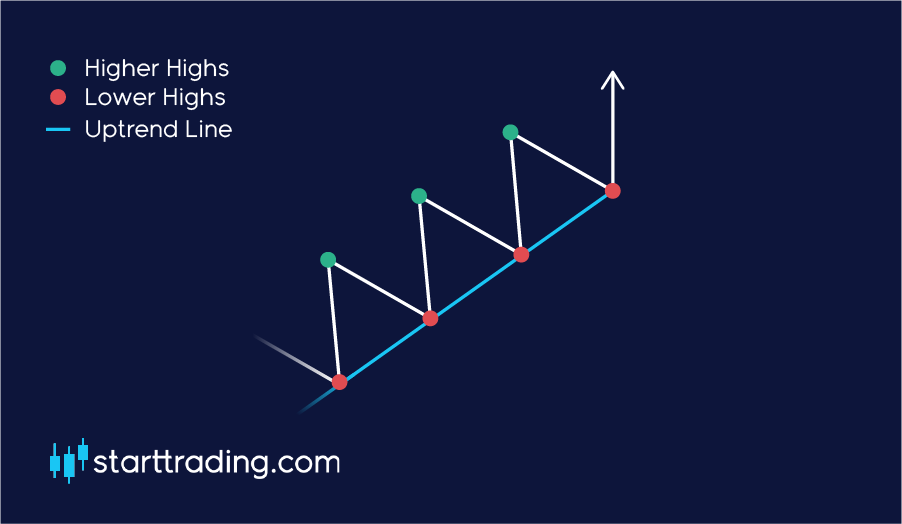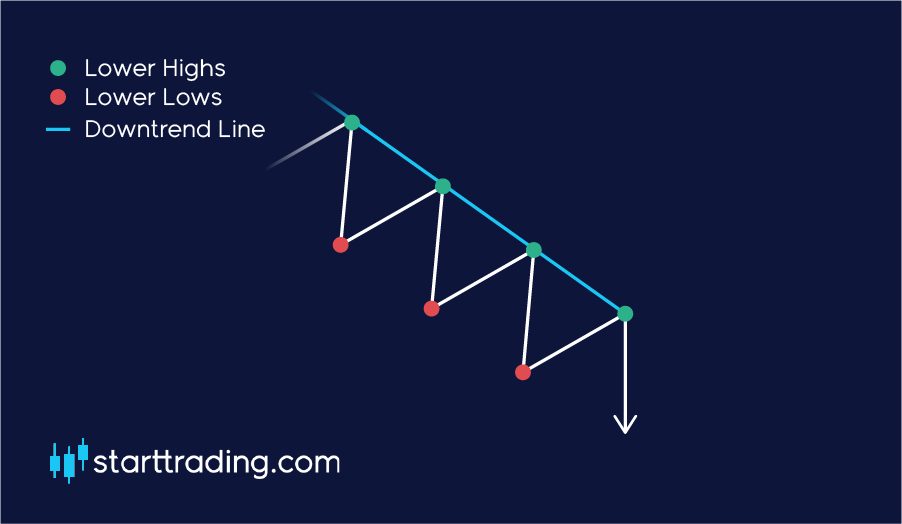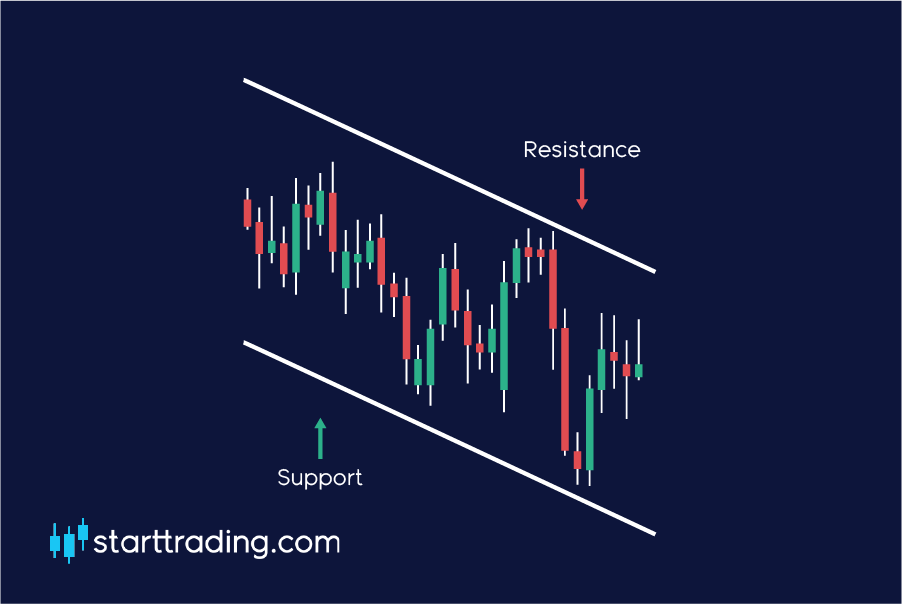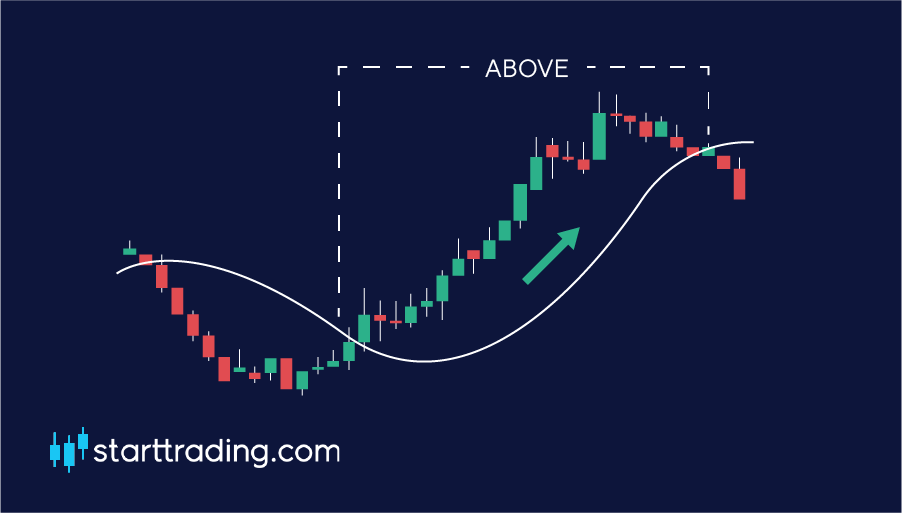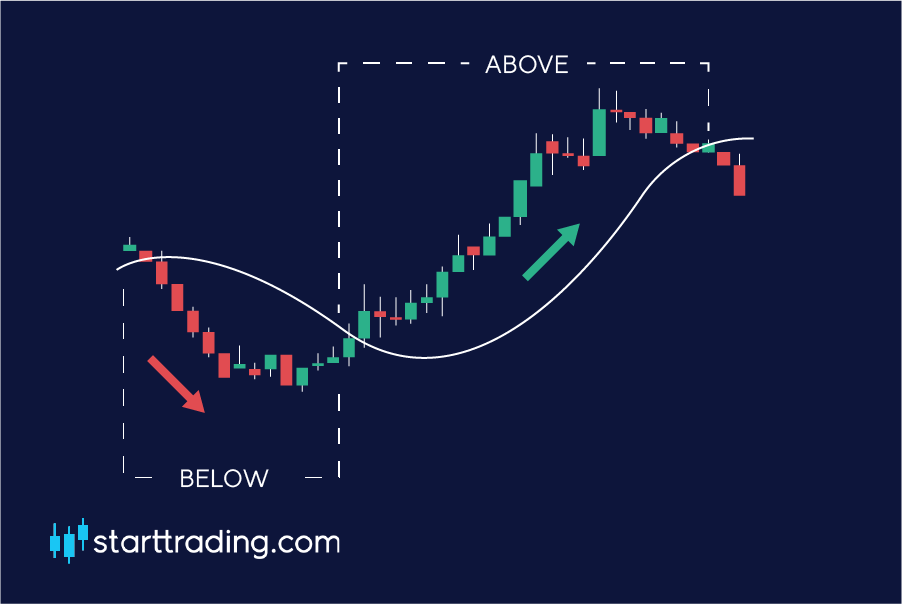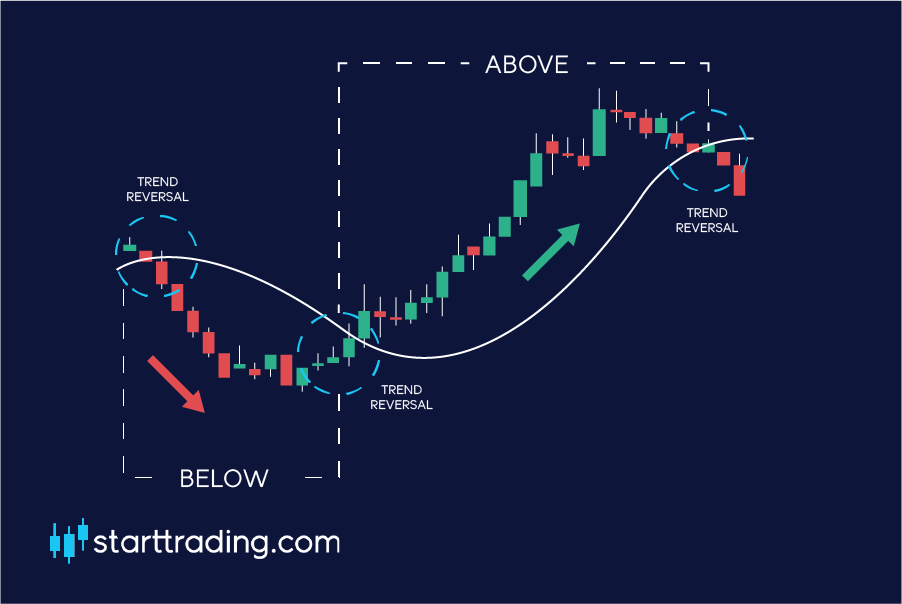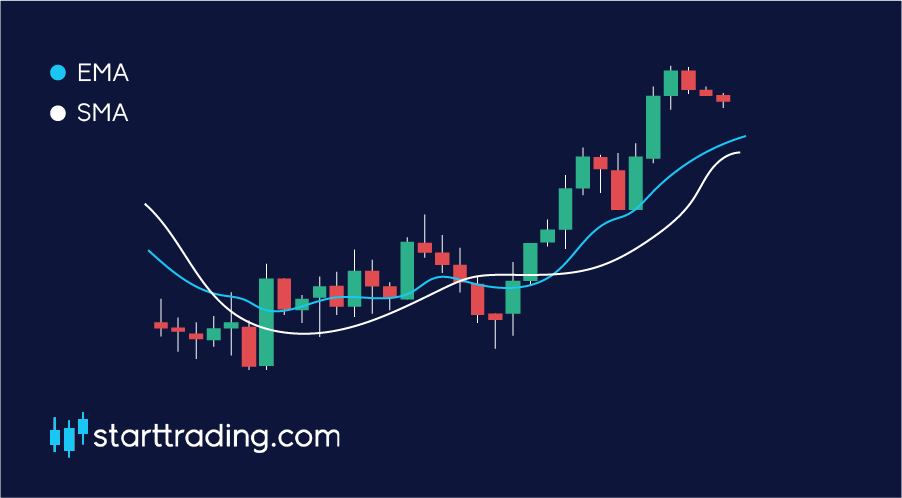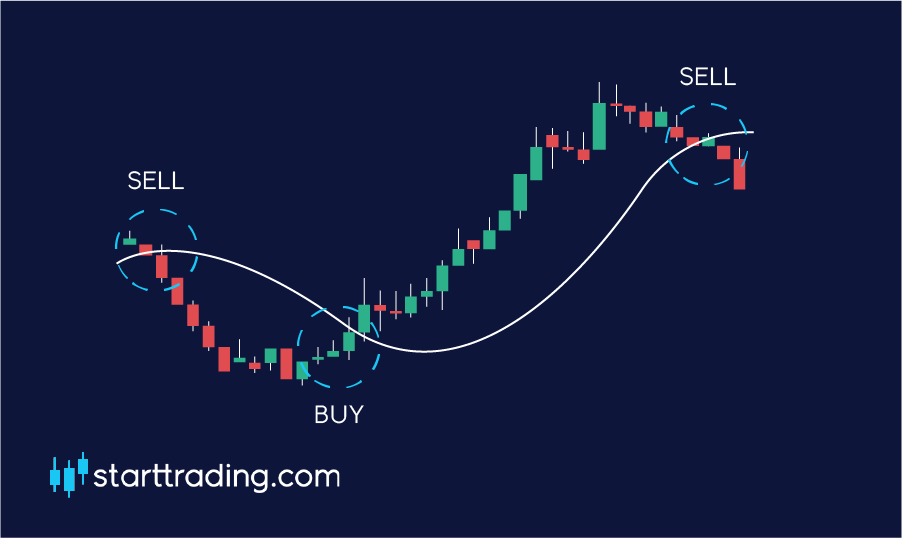Before you get started you must understand what dividends are, how companies pay dividends and the different types of dividends that are available. This step-by-step Dividends guide will walk you through everything dividends, ensuring you know exactly what dividends are and how to invest in dividend paying stocks.
What are stock dividends and how do they work?
A dividend is a payment that a corporation makes to owners of a companies stock, also known as shareholders. It is a way for companies to distribute revenue back to investors, and one of the ways investors earn a return from investing in a stock.
When you own stocks that pay dividends, you are receiving a share of the profits that the company makes. Let’s take a look at Coca Cola for an example. If they reach a profit surplus, they can choose to reinvest some of this money back into the organisation, or they also have the choice to pay their shareholders a portion of this profit, which is then called dividends.
In the United States, companies typically pay dividends quarterly, however, some companies pay monthly or semi-annually. A dividend is paid per share of stock, for example, if you own 50 shares in a company and that company pays $2 in annual dividends, you will receive $100 per year.
However, not all stocks pay dividends – if you are interested in investing for dividends, you will want to specifically choose dividend stocks.
What is dividend investing?
Dividend investing is a strategy of buying stocks that pay dividends in order to receive a regular passive income from your investments. This income is in addition to any growth that your portfolio experience as the stock gains value. A win, win if you are an investor.
If you own shares in a company that has a dividend reinvestment plan, or DRIP, you can also choose to have your dividends reinvested to buy additional shares, rather than having them paid out as a profit. This is a useful strategy for long term holders to build up their portfolio or when your dividends are small.
Experienced dividend investors will generally invest significantly in stocks that pay large dividend yields in order to make more money.
Types of dividend?
There are currently 4 popular dividend types, these are:
-
Cash dividends
-
Stock dividends
-
Property dividends
-
Liquidating dividends
Cash dividends
Cash dividends is currently the most common type of dividend. A certain cash pay-out is distributed to investors holding stock in the company. These pay-outs occur on specific dates chosen by the company’s board of directors and their size are in relation to the percentage stock each investor owns. Long term investors can reinvest their cash dividends to increase their stock holdings in the company.
Cash dividends are a basic way for companies to return capital back to their shareholders. Payment periods can be monthly, annually or any other time period chosen by the board of directors.
A company which offers cash dividend pay-outs are usually stable and well-established companies.
Stock dividends
Stock dividends are made in the form of additional shares, rather than cash, to investors. Stock dividends are usually paid out when a company has a short supply of liquid cash or when requested/ agreed upon by the investor(s).
The amount of stock dividends paid out to an investor are usually paid out in relation to the amount of stock that investor already holds. The more share an investor holds, the more additional share they receive with stock dividend pay-outs.
Stock dividends are also known as scrip dividends and have major tax advantages as these dividends are not taxed until they are sold by the individual investors.
Property dividends
Property dividends can include one of two options: A share/stock of a subsidiary company, or a physical asset owned by the company for example real estate, inventory etc.
Once these dividends are assigned, their price are recorded at market value of the linked asset. The investor may choose to sell the asset or hold on to it.
This is a very unpopular dividend and is usually only chosen if the company either does not want to dilute its current share position or does not have enough cash on hand to distribute payments.
These types of dividends can be very advantageous to investors as no tax is paid on them unless they are sold. The investor can choose to hold on to the asset and hope for further growth in the future.
Liquidating dividends
Liquidating dividends are payments which are made by a corporation to their shareholders during a liquidation, partially or fully. Liquidating dividends are usually not taxable to shareholders as they are seen as return of capital.
A disadvantage of these dividends occurs when a shareholder’s supporting company has deteriorated in their quality, leading to the liquidation amount not covering the shareholder’s initial investment.
Liquidating dividends usually do not have a pay-out date. Liquidation only occurs when a company is insolvent or when its operations end.
Which companies can pay dividend?
Only limited companies can pay dividends, as they are the only type of business that issues shares. Sole traders, partnerships and LLPs can’t pay dividends, because they do not issue shares.
Limited companies are only allowed to pay dividends if they have enough profit available to do so – dividend payments come out of profit after corporation tax. Even if the company has enough cash to pay the dividend, it is illegal for the dividend to be paid if there is no available profit.
Larger, more established companies with more predictable profits, such as blue-chip companies, are often the best dividend payers as they no longer need to reinvest to grow the business. They typically issue regular dividend payments because they aim to maximize shareholder wealth in ways aside from normal growth. Companies in the following industry sectors are typically been seen to maintain a regular record of dividend payments:
- Basic materials
- Oil and gas
- Banks and financial
- Healthcare and pharmaceuticals
- Utilities
Start-ups and other high-growth companies, such as those in the technology or biotech sectors, may not offer regular dividends. Because these companies may be in the early stages of development and may incur high costs (as well as losses) attributed to research and development, business expansion and operational activities, they may not have sufficient funds to issue dividends. Even profit-making early- to mid-stage companies avoid making dividend payments if they are aiming for higher-than-average growth and expansion and want to invest their profits back into their business rather than paying dividends.
Investors in these companies are typically ok with not receiving any dividend due to these companies typically undergoing parabolic growth which makes up for the lack of dividend payments.
Why companies pay dividends?
Companies pay dividends for a variety of reasons, which have different implications and interpretations for investors.
Dividends can be expected by the shareholders as a reward for their trust in a company. The company management may aim to honour this sentiment by delivering a robust track record of dividend payments.
Dividend payments reflect positively on a company and help maintain investors’ trust. Dividends are also preferred by shareholders because they are treated as tax-free income for shareholders in many jurisdictions.
A high-value dividend declaration can indicate that the company is doing well and has generated good profits. But it can also indicate that the company does not have suitable projects to generate better returns in the future. Therefore, it is utilizing its cash to pay shareholders instead of reinvesting it into growth.
If a company has a long history of dividend payments, a reduction of the dividend amount, or its elimination, may signal to investors that the company is in trouble. However, a reduction in dividend amount or a decision against making any dividend payment may not necessarily translate into bad news about a company. It may be possible that the company’s management has better plans for investing the money. For example, a company’s management may choose to invest in a high-return project that has the potential to magnify returns for shareholders in the long run, as compared to the petty gains they will realise through dividend payments.
The bottom line
Lots of investors hope to find the next great IPO. While it’s exciting to get in on the ground floor of a successful company, you shouldn’t overlook opportunities with companies that are already successful. Cash-generating giants can line your pockets with the cash from dividend payments. As you collect your dividends, the stock value could grow—perhaps slowly, compared to successful IPOs, but much more steadily.
